Key in a search term below to search our website.
Key in a search term below to search our website.
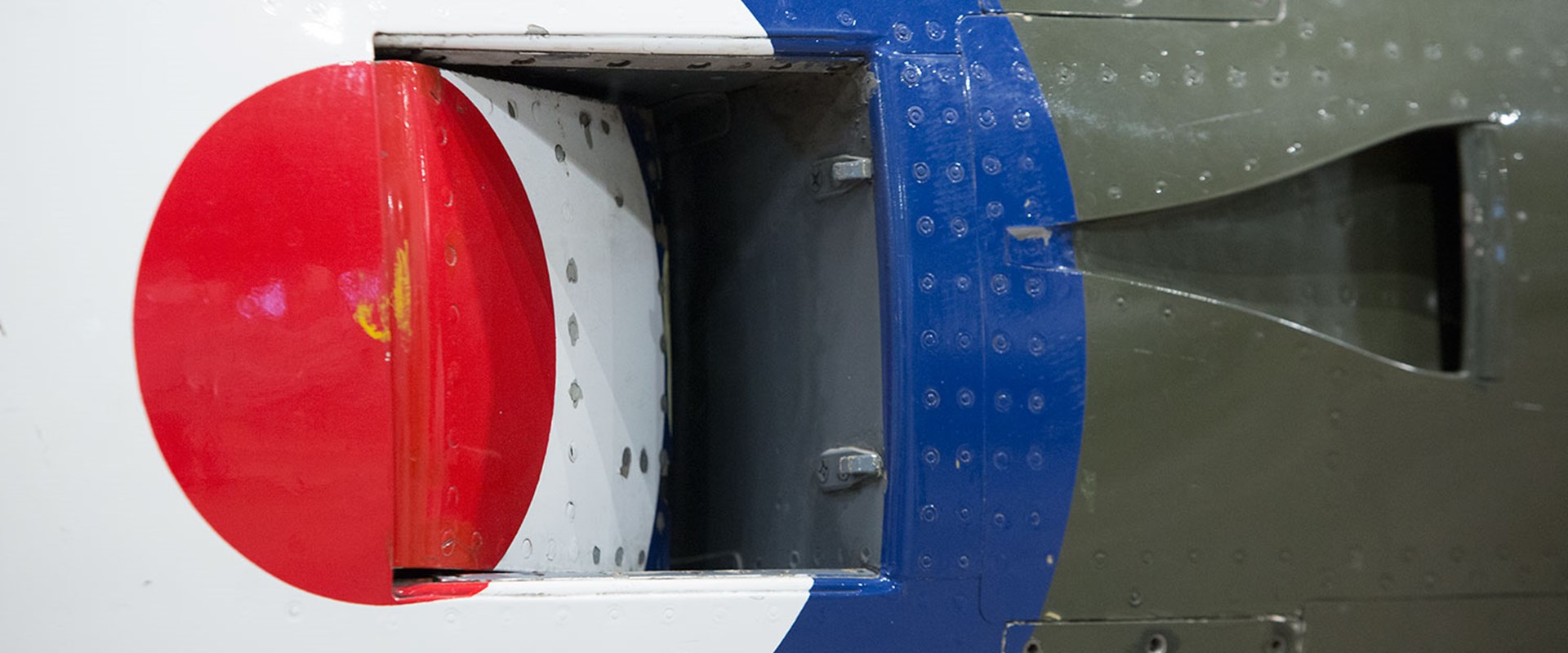
Our military aircraft collection charts the changing technology of aerial warfare, from the Second World War onwards.
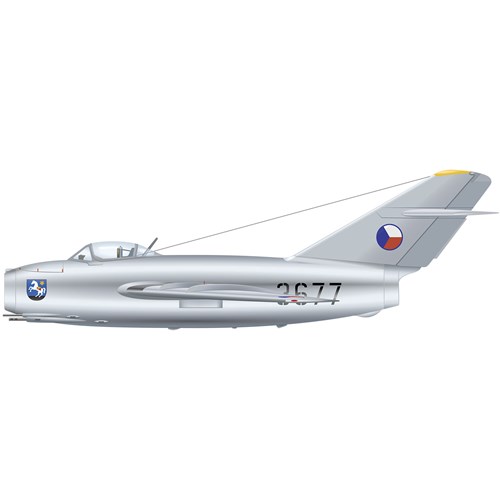
Between 1954 and 1958, Czechoslovakia (now the Czech and Slovak Republics) used the S-103 as its main jet fighter.
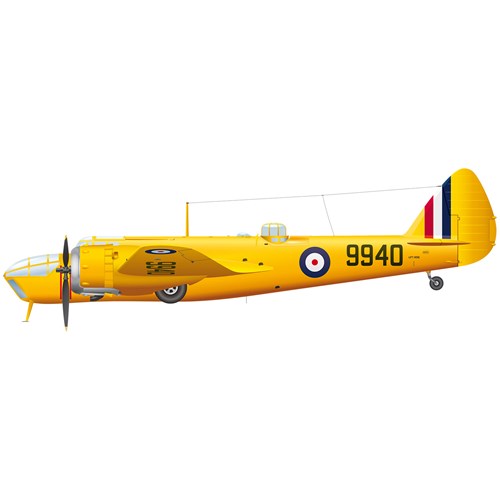
The Bolingbroke was the name given to the Bristol Blenheim light bomber built under licence in Canada.
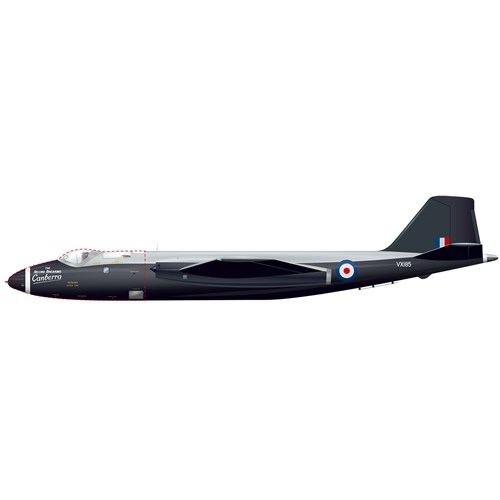
The Canberra was the first Royal Air Force bomber powered by jet engines.
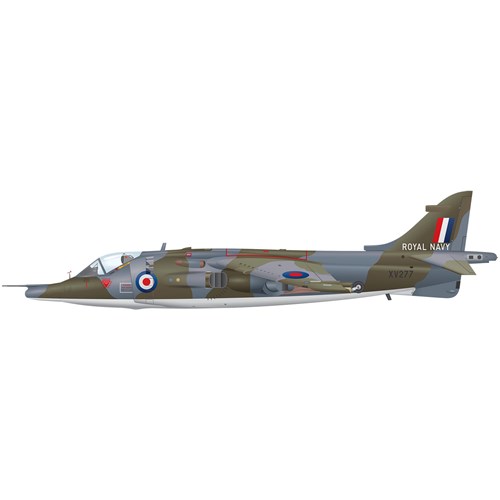
Known as the ‘jump jet’, the Harrier was the world’s first vertical take-off combat aircraft to enter operational service.
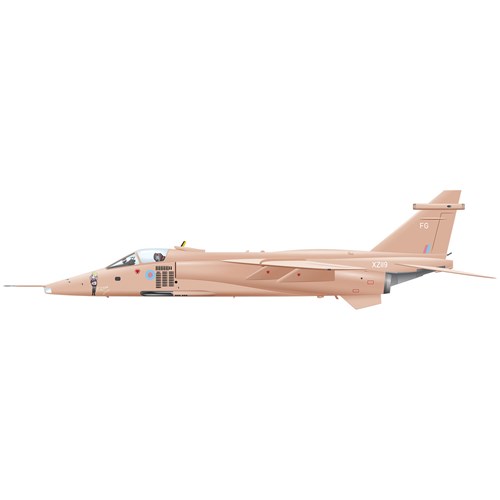
The Jaguar was a tactical strike and reconnaissance fighter which could carry nuclear weapons.
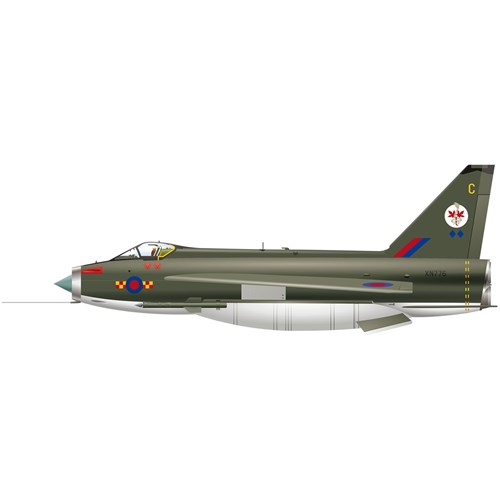
The Lightning was the first supersonic jet fighter in the Royal Air Force.
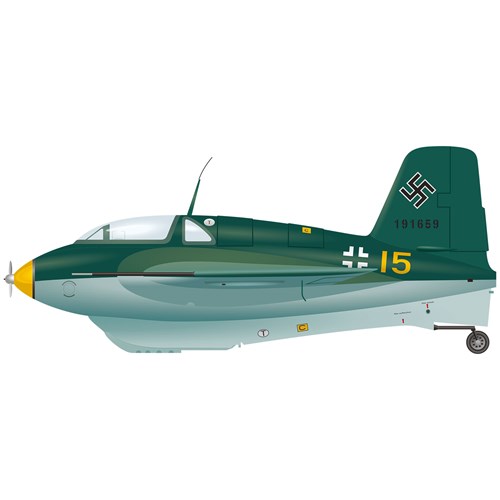
The rocket-powered Komet was the fastest aircraft of the Second World War.
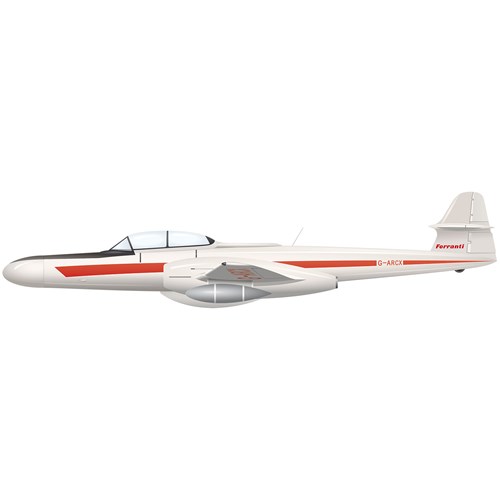
The Meteor was the Royal Air Force’s first jet fighter. It entered service in 1944.
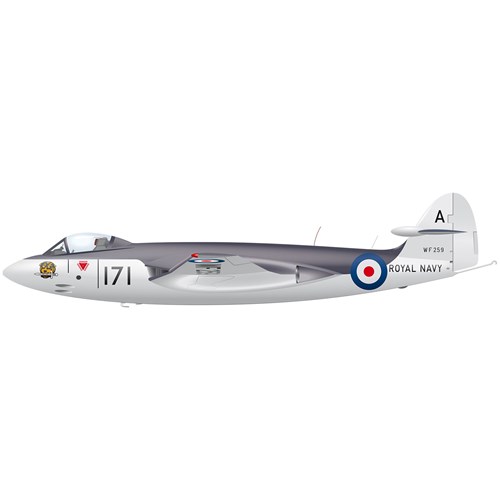
The Sea Hawk was a single-seat jet fighter which entered service with the Royal Navy Fleet Air Arm in 1953.
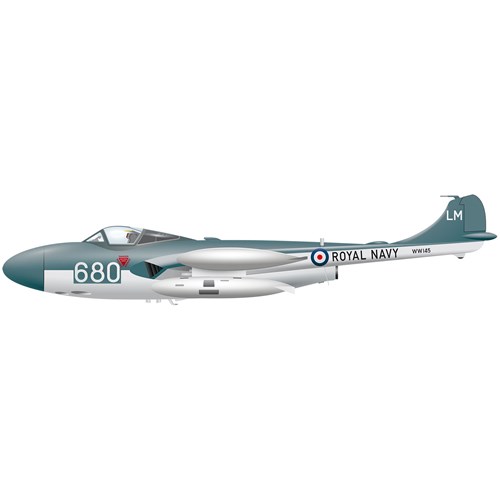
The Sea Venom was the Royal Navy Fleet Air Arm’s first all-weather jet fighter.
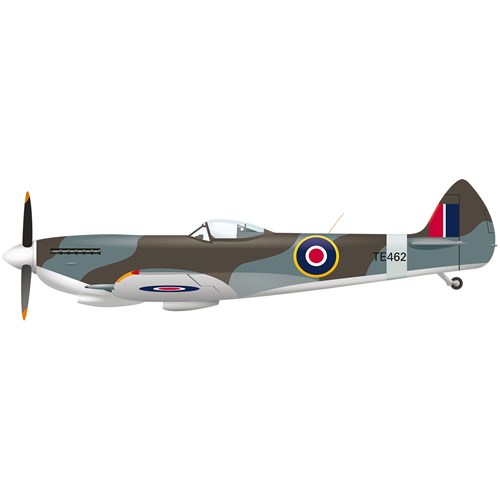
The Spitfire is the most famous of all British combat aircraft.
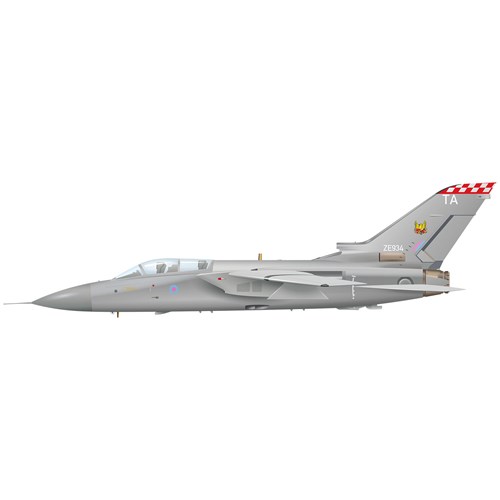
The Tornado was the Royal Air Force’s only variable geometry (swing wing) aircraft.